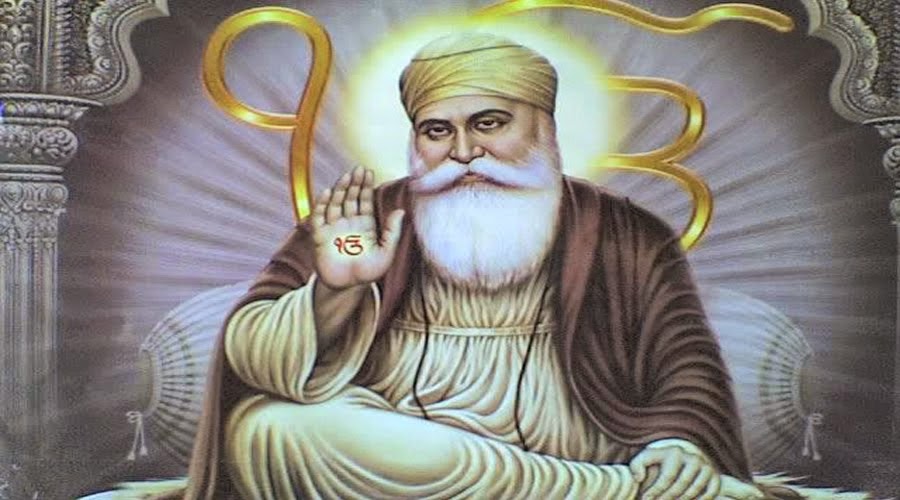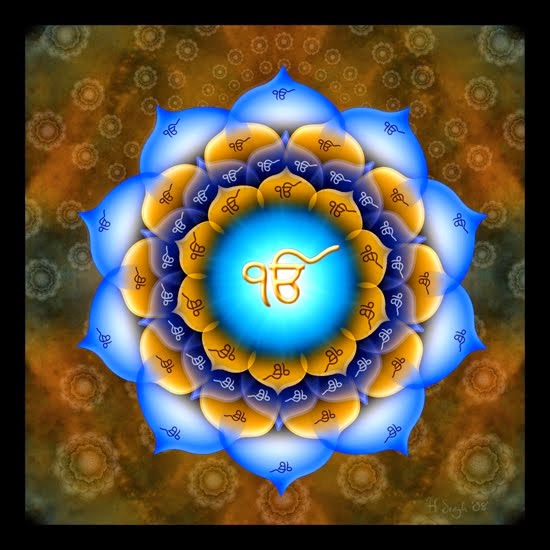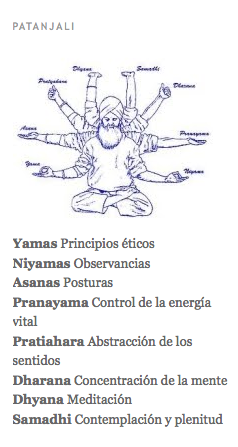
Sobre mantras y bhajans
A lo largo de la historia, diversas culturas han descubierto el poder sagrado de ciertas palabras o sonidos, y muchas de ellas han reconocido también que al pronunciar determinados nombres o vocablos se podía controlar el mundo interno, así como también el entorno. El origen de los mantras se remonta a los tiempos védicos, a miles de años atrás, incluso mucho antes que el nacimiento de maestros iluminados como Buda.
Los mantras, presentes en la conciencia humana desde hace siglos, tienen un efecto directo en el cuerpo, las emociones, los pensamientos y la mente.
El término deriva de la raíz sánscrita “man”, “manas” (que significa “pensar”, o “mente”), y “tra”, de “trai” (que significa “proteger” o “liberar de algo que ata”). Así, un mantra es un instrumento que se utiliza para traer sosiego, liberando a la mente del flujo constante de pensamientos.
Un mantra puede ser una sílaba, palabra, frase o texto que, al ser recitado, y repetido una y otra vez, conduce a un estado de paz y meditación.
En la antigua India se creía que quien conocía los verdaderos nombres de los dioses podía llamarlos y obligarlos a cumplir sus deseos. Lo más valioso de los mantras, sin embargo, es que nos ayudan a conquistar el enemigo más difícil de vencer: la propia mente.
El más popular de los mantras es el OM, considerado en las escrituras védicas como la verdadera base de cualquier otro mantra, la sílaba sagrada, el sonido primario y universal.
Bhajans son los mantras que se cantan en grupo, principalmente sonidos en sánscrito, sin una estructura musical establecida y con tempos vivos y variables. Bhajan significa “compartir”; compartir lo que la Divinidad misma es: paz, amor, cuidado, alegría, juego, vida, entusiasmo, inocencia, cooperativismo, amistad, diversión… Todo aquello que compartimos es bhajan. Toda la creación está conectada y todos somos uno.
Existen innumerables anécdotas y episodios en las sagradas escrituras del antiguo Oriente, en las enseñanzas de santos y yogis y en las descripciones de dioses en donde se cantan bhajans y mantras. Entre los compositores más notables pueden mencionarse a Nanak, Kabir, Meera, Narottama Dasa, Surdas y Tulsidas.
Al cantar en grupo, cada persona entona lo mismo: una melodía, un ritmo o un sonido en particular, y las mentes se hacen una. Esa unidad genera una energía amorosa y profunda que purifica el sistema nervioso y el entorno.
Cuando cantamos mantras, bhajans, lo que más importa no es el significado de lo que se dice sino el efecto que las vibraciones de esos sonidos tienen en nuestro sistema nervioso.
La mente constantemente se esfuerza por analizar, discriminar y juzgar todo aquello que percibe. Los bhajans son cantos devocionales, de amor; sonidos que nos transportan de la mente al corazón; del análisis a la síntesis; del ruido y la perturbación al silencio y la quietud.
El objetivo de cantar mantras es ir más profundo al silencio, hacia dentro de uno mismo.
El propósito de la música es volver a la música del silencio.
La música está sonando, déjala que suene, sumérgete en el éxtasis y disfruta.
¡La vida es una celebración!
Translated into English
About mantras & bhajans
Throughout history different cultures have discovered the sacred power of certain words or sounds, and many have also recognized that the pronunciation of certain names or words could control the internal world as well as the environment. The origin of mantras goes back thousands of years ago to the Vedic period, long before the birth of enlightened masters like Buddha.
The mantras, which have been present in human consciousness for centuries, have a direct effect on the body, emotions, thoughts and mind.
The word mantra is derived from the Sanskrit root "man" or "manas" (meaning "think" or "mind") and the suffix “tra” (meaning “to protect” or “to free from something that binds”). Thus, a mantra is an instrument used to bring peace, freeing the mind from the constant flow of thoughts. A mantra can be a syllable, word, phrase or text to be recited and repeated again and again, leading to a state of peace and meditation.
In ancient India it was believed that he who knew the true names of the gods could call them and force them to fulfill his wishes. The true value of the mantras, however, is that they help us conquer the most difficult enemy to overcome: the mind itself.
The most popular is the OM, considered in the Vedic scriptures as the true basis of any mantra, the sacred syllable, the original and universal sound.
Bhajans are the mantras that are sung in group, mainly Sanskrit sounds, without a set of musical structure, but with bright and variable tempos. Bhajan means "sharing"; sharing what the Divinity itself is: peace, love, care, joy, play, life, enthusiasm, innocence, cooperation, friendliness, fun… Everything we share is bhajan. All creation is connected and we are all one.
There are countless anecdotes and episodes in the sacred writings of the ancient East, in the teachings of saints and yogis and descriptions of gods where they sing bhajans and mantras. Among the most notable composers noted are Nanak, Kabir, Meera, Narottama Dasa, Surdas and Tulsidas.
When singing in group, each person speaks the same: a melody, rhythm or particular sound, and the minds become one. That unity creates a loving and profound energy that purifies the nervous system and the environment.
When we chant mantras or bhajans, what matters most is not the meaning of what is said but the effect these sound vibrations have on our nervous system. The mind constantly strives to analyze, discriminate and judge all that it perceives. The bhajans are devotional, love songs; sounds which transport us from mind to heart, from analysis to synthesis, from noise and disruption to silence and stillness.
The aim of singing mantras is to go deeper into the silence, to the inward Self.
The purpose of music is to return to the music of silence.
The music is playing, let it sound, and let’s dive in and enjoy the ecstasy.
Life is a celebration!
Ignacio Escribano
de Indra Mantras, el Martes, 15 de febrero de 2011
















No hay comentarios:
Publicar un comentario